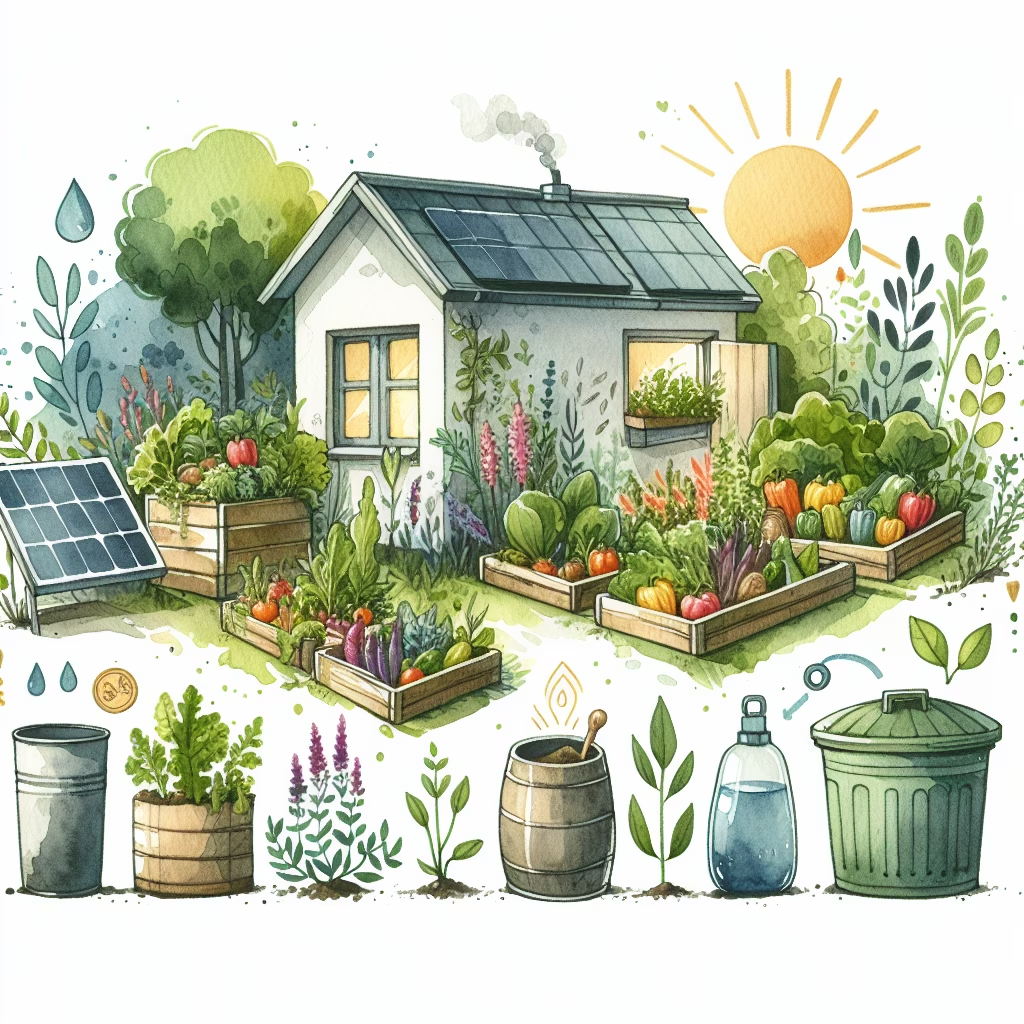Building a sustainable home garden is not only beneficial for the environment, but it also brings beauty to your home, provides fresh produce, and creates a haven for local wildlife. This guide will walk you through the steps to create a sustainable garden that minimizes waste, conserves resources, and supports biodiversity.

To build a sustainable home garden, follow these steps: choose native and climate-appropriate plants, reduce lawn size, use organic gardening practices, conserve water, and create habitats for wildlife. This approach will help you create an eco-friendly garden that is easy to maintain and beneficial for the environment.
Before you start planting, take some time to plan your garden. Consider the following:
Reference:
Lawns require significant water, fertilizers, and maintenance. Reducing the size of your lawn can save resources and create space for more sustainable landscaping options. Consider the following:
Reference:
Organic gardening helps maintain soil health and supports beneficial insects and wildlife. Here are some practices to adopt:
Reference:
Water conservation is crucial in a sustainable garden. Implement the following strategies:
Reference:
A sustainable garden supports local wildlife by providing food, water, and shelter. Consider the following:
Reference:
Growing your own vegetables and fruits reduces food miles and ensures you have fresh, organic produce at home. Tips for success include:
Reference:
Healthy soil is the foundation of a sustainable garden. Improve your soil by:
Reference:
Reducing waste in your garden conserves resources and decreases your environmental footprint. Strategies include:
Reference:
Creating a sustainable home garden is a rewarding endeavor that benefits the environment, enhances your home's beauty, and provides fresh produce. By following these steps, you can transform your garden into an eco-friendly oasis that supports local wildlife and conserves resources.
You can also watch this video tutorial for a visual guide:
This guide provides a comprehensive step-by-step approach to starting a successful blog in 2024, covering ...
A comprehensive guide on how to improve home energy efficiency for lower bills, covering heating ...
A comprehensive guide on how to start a sustainable wardrobe in 2024, focusing on eco-friendly ...
Learn how to create an effective remote learning schedule for kids in 2024, including tips ...
This comprehensive guide provides strategies and tips to improve your graphic design skills using Adobe ...
Learn how to build a DIY rainwater harvesting system for your home garden. This comprehensive ...